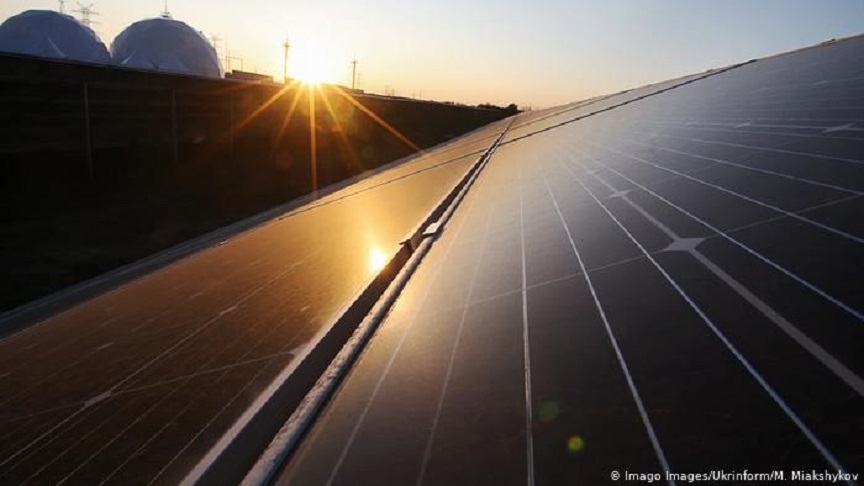Solar energy has fallen in cost faster than experts predicted. How did electricity from photovoltaic panels get so cheap?
The plummeting cost of turning sunlight into electricity is beating forecasts by decades, speeding the transition toward a clean energy system.
Solar prices have sunk low enough to make photovoltaics the cheapest source of electricity in most of the world — undercutting fossil fuels in price even before counting costs like air pollution and climate change. Averaging about $0.05/kWh, the cost of generating solar electricity has reached lows that six years ago the International Energy Agency did not expect to come until the middle of the century.
When Jenny Chase started working on solar energy in 2006, her job title was head of “improbable technologies” — and she thought solar could only ever provide 1% of the world’s electricity mix. “Now, it’s already gone north of 2%,” said Chase, a solar analyst at energy consultancy BloombergNEF.
The price of renewables like solar matters for climate change. The energy sector is responsible for about three-quarters of global greenhouse gas emissions — mainly from burning coal, oil and gas — and governments must rapidly decarbonize their electricity grids to meet targets that keep global warming well below 2 degrees Celsius (3.6 degrees Fahrenheit).
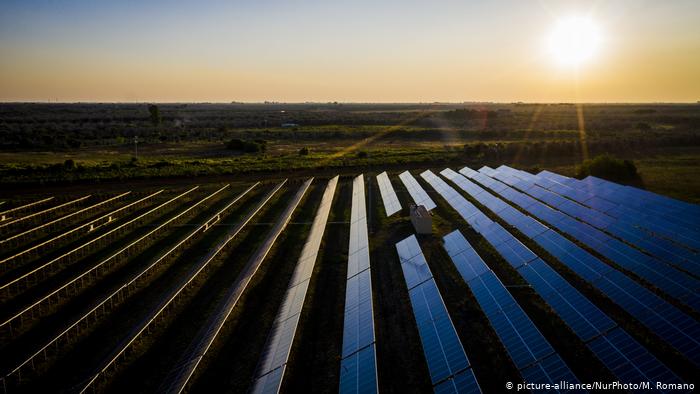
Coal, which has long been considered the cheapest way of generating electricity, is now struggling to compete with energy from sunlight. The competition has grown so fierce that developers risk wasting more than $600 billion (€546 billion) through planned coal projects, according to analysis published in March by think tank Carbon Tracker Initiative.
Within a decade, the authors predict, it will be cheaper everywhere to shut down existing coal-fired plants and build new solar and wind plants in their place. That could shift the energy mix in coal-hungry countries like the US with governments hostile to efforts to halt climate change.
Cheap solar energy has now become a “no-regrets” solution, said Marcelo Mena-Carrasco, a Chilean former environment minister. “It doesn’t matter what your presidents think, it’s the market that’s doing the talking.”
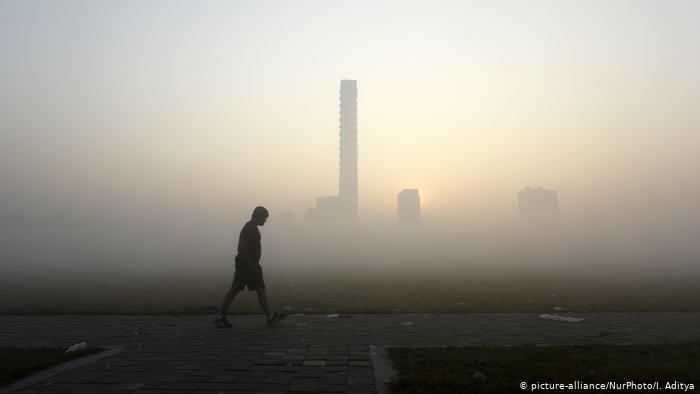
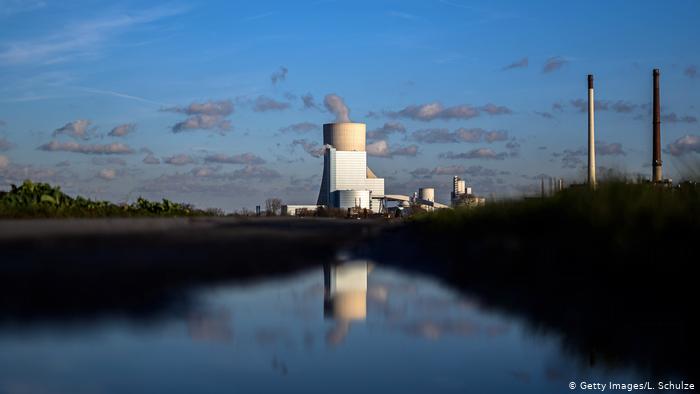
Where is solar energy cheapest?
The cheapest solar energy deal in the world was signed last month by Abu Dhabi at $0.0135/kWh, lower than record-breaking deals set earlier this year by Dubai and then Qatar. Analysts say that utilities in these countries benefit from free land and grid connections that lower prices beyond the true cost.
In other regions — even sunny ones — barriers to finance hold back expansion.
In India, where the government is pushing to revive a faltering coal industry, solar developers pay several times more interest on debt than in the Middle East, said Vibhuti Garg, senior energy specialist at the International Institute for Sustainable Development.
Across Africa, where energy demand is projected to soar as populations and living standards rise, difficulties securing loans have stalled a potentially lucrative solar boom. There are just 5 gigawatts of solar photovoltaic panels installed on the continent — less than a single country like the UK, which receives far fewer hours of sunshine.
“We’re talking about a geography that is incredibly blessed with renewable energy,” said Mohamed Adow, director of Power Shift Africa, an energy think tank. “What we need now is for our leaders, particularly in Africa, to put everything in place to allow us to harness and take advantage of the renewable energy revolution.”
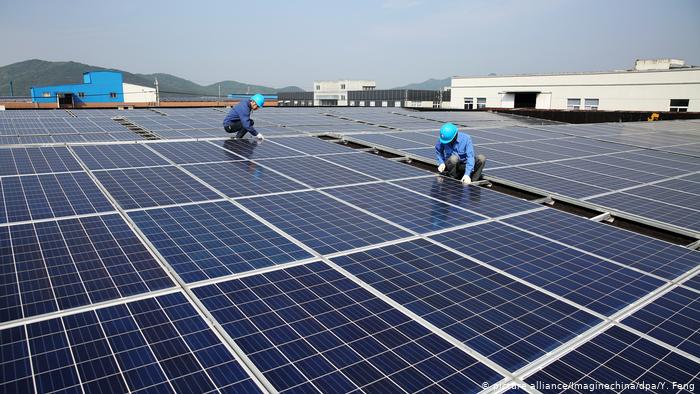

How did solar energy become so cheap?
The first solar photovoltaic cells were invented by researchers in the US in 1954, brought to markets through subsidies in Germany in the early 2000s, and made competitively cheap on a large scale in China after that. A study published in the journal Energy Policy in 2018 found that 60% of the fall in prices between 1980 and 2012 was because of government policies that stimulated market growth, like feed-in tariffs that pay consumers for unused energy they supply to the grid.
In Germany, which has the most installed solar power per person, such policies triggered investments that, in turn, led to rapid innovations, said David Wedepohl of German solar lobby group BSW. It created incentives for manufacturers to make solar panels and build new factories and machines.
Each time solar capacity has doubled, the total price of solar energy has fallen by about 30%. Analysts call this relationship a learning curve. The more solar plants are deployed, the more the technology comes down in price — though the gains flatten out over time.
Germany’s demand for solar power “not only installed a lot of solar, but it catalyzed the learning curve,” said Gregory Nemet, a professor at the University of Wisconsin-Madison who has written a book on how solar energy became cheap. In China, where most of the world’s solar panels are now made, production processes were refined further to bring prices down to levels that compete with coal.
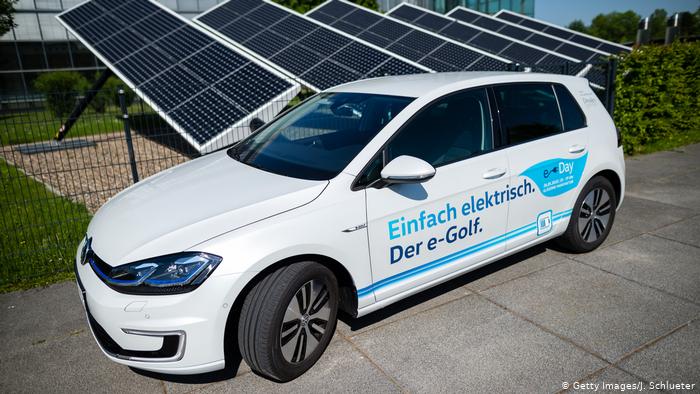
What is the future of solar energy?
In sunny parts of the world, average solar prices are on track to hit $0.01/kWh by 2035, according to analysis by clean energy advocate Ramez Naam in May. “In a purely open market, these incredibly low prices would drive the world’s remaining coal plants into bankruptcy, and steal some of the most profitable operating hours even from cheap natural gas plants,” he wrote.
But other analysts are less optimistic, questioning whether the learning rate can be applied to the total cost of solar or just the capital costs. Solar price predictions in sunny countries in the next couple of decades range from below $0.01/kWh to $0.025/kWh, which is still well below the cost of running existing coal plants.
Electricity grids must also fix problems of intermittency, said Auke Hoekstra, an electric vehicle researcher at Eindhoven University of Technology. Because skies are darker at night and in the winter, the attractiveness of solar depends on how well an electricity grid can manage demand and store energy.
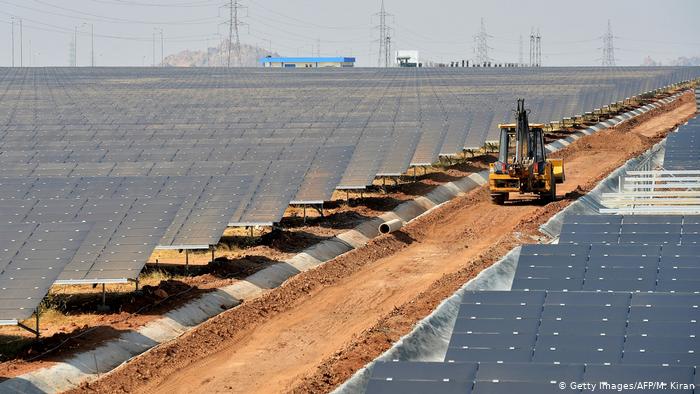
What’s more, as renewable energy dominates grids, it lowers electricity prices while running, which erodes revenues for suppliers. This could offset gains in technology costs if better storage or demand solutions are not found, according to a new study published in the journal Renewable Energy.
Still, progress in these fields is also accelerating. Battery technologies, for instance, are making similarly rapid progress to solar, said Nemet, and electric vehicles could be charged at night as a way of spreading out demand. Access to cheap, abundant solar energy “gives us a tool that we didn’t have in the past.”
DW / Balkantimes.press
Napomena o autorskim pravima: Dozvoljeno preuzimanje sadržaja isključivo uz navođenje linka prema stranici našeg portala sa koje je sadržaj preuzet. Stavovi izraženi u ovom tekstu autorovi su i ne odražavaju nužno uredničku politiku The Balkantimes Press.
Copyright Notice: It is allowed to download the content only by providing a link to the page of our portal from which the content was downloaded. The views expressed in this text are those of the authors and do not necessarily reflect the editorial policies of The Balkantimes Press.

